Due to human conflicts and the impacts of climate change, snow leopards, also known as the ounce, are at risk of extinction in Pakistan. Experts have confirmed that the population of these animals is declining.
Only 12 nations are home to these elusive cats, and Gilgit-Baltistan (GB) accounts for 80% of their habitat, with Pakistan being one of those nations. The Director of World Wide Fund for Nature (WWF) Pakistan North, Haidar Raza, has drawn attention to the alarming fact that there are only 6,000–6,500 snow leopards worldwide, with just 300–400 of them found in Pakistan. It is concerning that only 25% of their global habitat is protected.
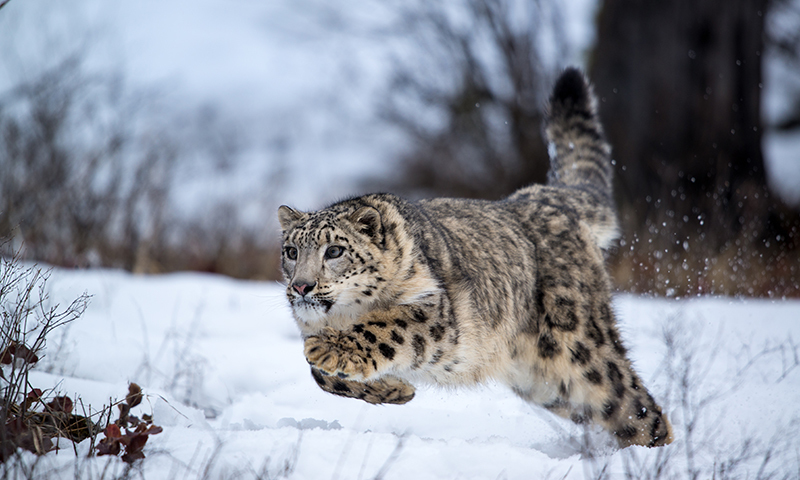
There is an urgent need for rapid conservation actions to protect these animals because the precise population size is still unknown. The increasing human activity leads to habitat loss and fragmentation, hindering the movement of snow leopards, especially in lowlands where they search for prey or mates. Human activity also disrupts snow leopards in wildlife-protected areas, as mentioned by the speaker. Significantly, the WWF has observed a noteworthy rise in the development of linear infrastructure in Gilgit-Baltistan after the Karakoram Highway’s completion in the 1970s. Human conflict is another factor contributing to the decline in the snow leopard population.
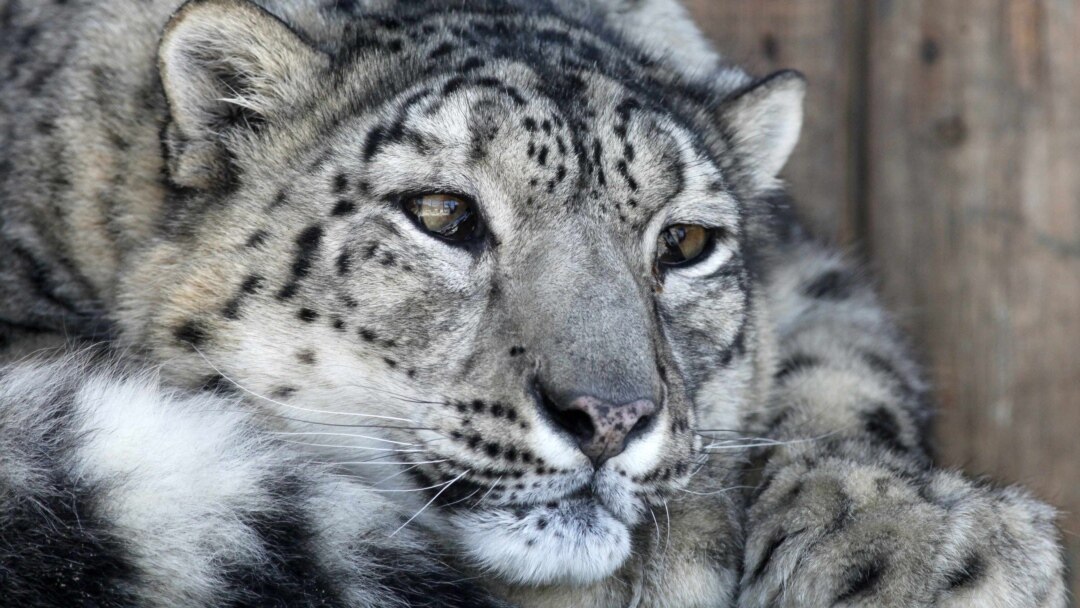
The most significant threat to snow leopard survival in Great Britain, according to him, is when owners shoot the elusive cat to protect their cattle after snow leopards attack animals in search of food. “The snow leopard can single-handedly cause the deaths of hundreds of livestock. To minimize conflicts between humans and this elusive predator, one suggested approach is to provide incentives to discourage retaliatory actions by the affected individuals,” he remarked.
He lamented the absence of an appropriate system to mitigate human conflict. The WWF has been working diligently to establish early warning systems that can identify potential attacks by snow leopards on cattle. In Khyber village, Hunza, a pilot project has already seen the installation of such a system, significantly assisting in the protection of cattle. This device tracks the movements of snow leopards and provides real-time data to generate critical warnings.
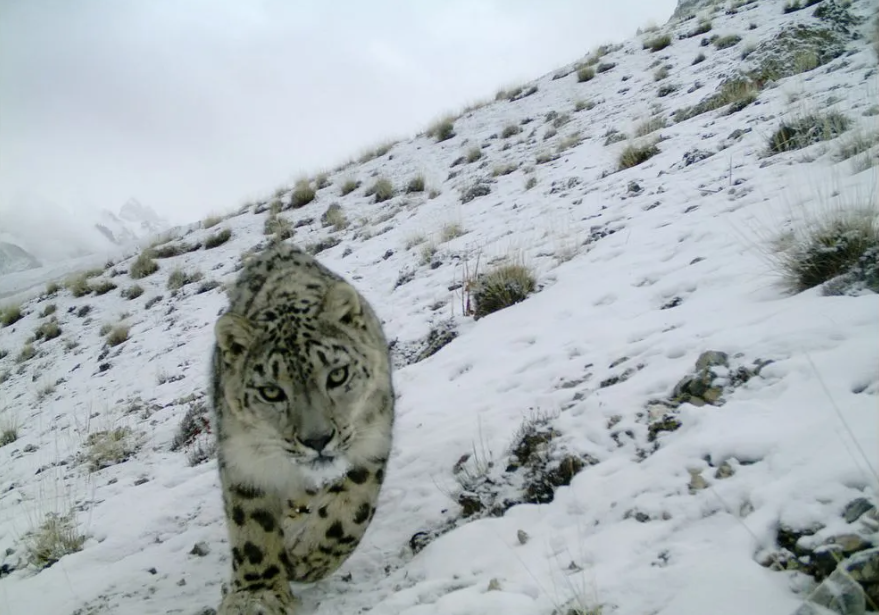
The major threat to the snow leopard population, which primarily feeds on natural prey such as ibex, Markhor, Ladakh Urial, Marco Polo Sheep, and Blue Sheep, is highlighted by Dr. Hussain Ali, a senior regional program manager with the Snow Leopard Foundation (SLF). Snow leopard conservation in Gujarat is a top priority for his organization. To ensure the safety of these magnificent animals and the communities that depend on them, the SLF has implemented livestock insurance plans in a few GB communities. Snow leopards attack livestock when they cannot find prey, and experts note that the owners of these animals often resort to shooting or poisoning the animals in retaliation. For this reason, they use poison on the carcasses of dead animals and leave them in public spaces.
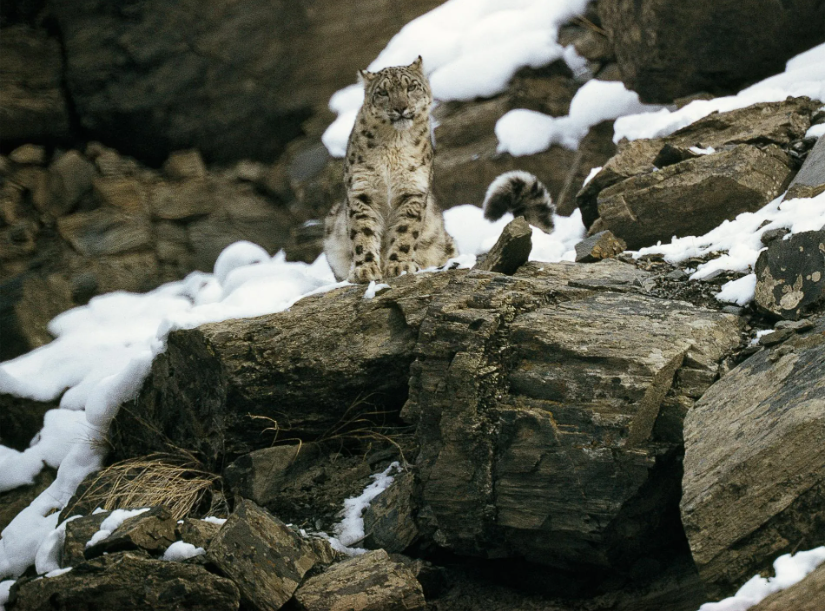
An animal dies when it is consumed by a snow leopard. This is the most common method employed by people in isolated parts of Gilgit-Baltistan to prevent snow leopards from attacking livestock. Snow leopards in Khyber Pakhtunkhwa used to inhabit Swat and Kohistan but have since relocated to the Himalayan, Karakoram, Pamir, and Chitral mountain ranges, as well as the GB and AJK mountains. The areas covered in snow have rapidly decreased due to climate change. According to Dr. Ali, there are estimated to be between 150 and 200 snow leopards in Pakistan, although the precise number remains unknown.
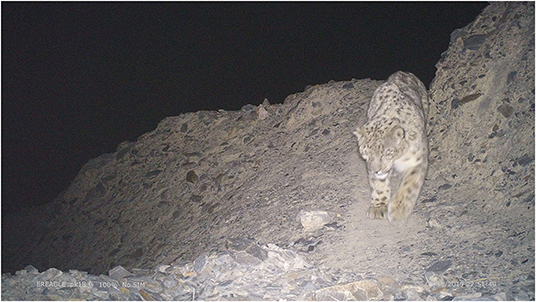
According to ecologist Dr. Saeed Abbas, these elusive cats face numerous challenges, including habitat fragmentation caused by human activity, human conflicts, and the tragic hunting of snow leopards by locals for their teeth and bones.
Sadly, scientists have confirmed a significant decrease in the number of snow leopards in Great Britain, with no sightings reported by locals who used to frequently spot them at high altitudes.

